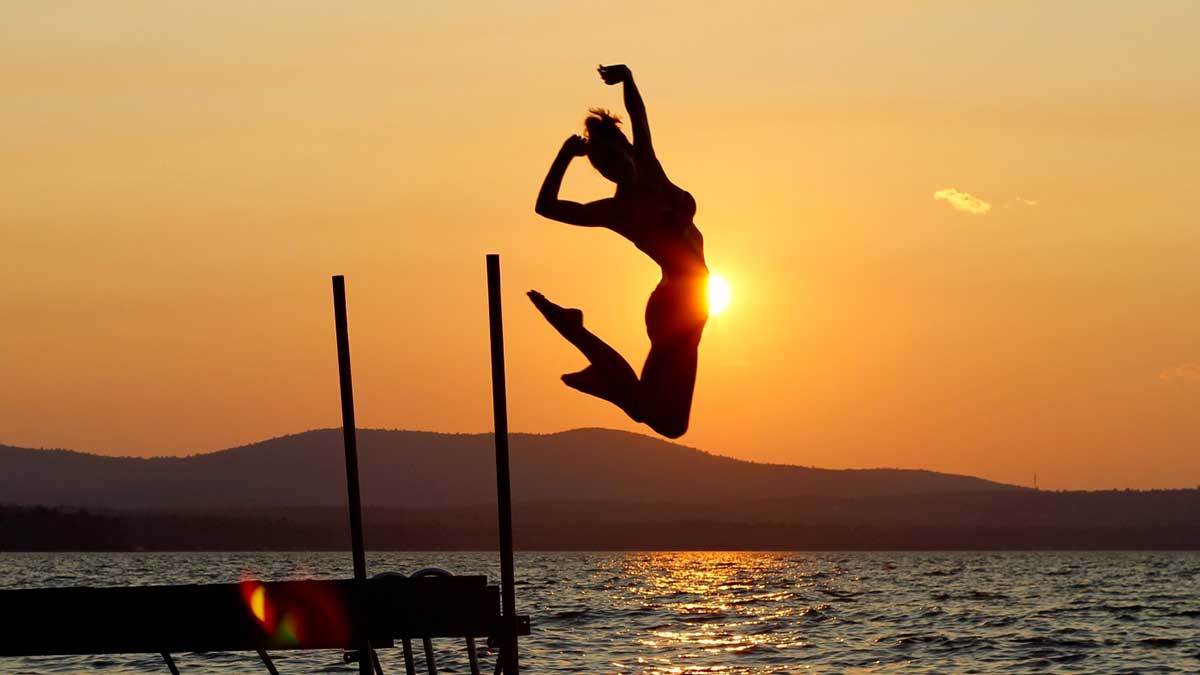[KIRKLAND, Wash.] – (MTN) The Seattle area is poised to break 100 degrees for the fourth time this summer, with a significant heatwave forecasted for the rest of the week. The National Weather Service issued an Excessive Heat Warning, including the Puget Sound Lowlands, from noon on Wednesday to 7 PM on Saturday.
A ridge of high pressure is building over the Pacific Ocean, bringing eyebrow-raising heat to our region, but not as hot as the record-shattering heatwave in June. Temperatures broke 100 degrees three days in a row earlier this year during a historic heatwave that shattered all-time temperature records from Alaska to California.
In addition to the heat, Western Washington can expect some smoke to move into the region. High-pressure areas circulate counter-clockwise, which will pull smoke up from Southern Oregon and Northern California. Thursday and Friday are looking to be the worst days, but they won’t be like last year’s conditions. Most of it will be aloft, but some near-surface smoke is supported in the models. One other plot twist, the smoke is making Friday’s forecast pretty challenging.
Wednesday will start with partly cloudy skies and a low around 60 degrees F. in the Kirkland-Bellevue-Woodinville area. Temperatures will reach 87 to 90 degrees F. The usual hot spots of Totem Lake, Kingsgate, and the urban canyons of downtown Bellevue will likely get to the 90 degrees F. mark.
Wednesday night temperatures will drop to 62 to 64 degrees F. in our area. We’ll get a bit of offshore flow overnight, making it a bit uncomfortable, and pulling smoke into our region.
Thursday will see high temperatures from 95 to 98 degrees F. with increasingly hazy skies. The dewpoint will be around 60 degrees F., making it feel a little sticky. The air quality will decline to moderate with PM 2.5 in the 55 to 70 range. The record high is 96.
Thursday night will see high-altitude smoke continue to thicken, which will act as a blanket. Nighttime temperatures will be uncomfortable, with lows from 66 to 68 F. Winds will be near calm, with a slight offshore flow. As the air cools, some of that vertically integrated smoke will sink, and there isn’t much wind to circulate the air. The air quality will be moderate, with PM 2.5 in the 70 to 90 range.
Friday’s forecast is a tough call. The more smoke in the air, the more it will help lower high temperatures. The high-pressure area will continue to drive eastward, and the wind will shift to be more west-northwest during the day or early evening. High temperatures on Friday will be 97 to 100 degrees F. for the Kirkland-Bellevue-Woodinville area, which is 15 to 20 degrees above normal. If the smoke is thicker than the models indicate, shaving a few degrees from the high is possible. The air quality will be moderate, with PM 2.5 will be in the 55 to 70 range. I would expect to have the hazy orange glow we’ve seen a few times this year during the day. The record high is only 91 and is destined to be shattered.
Friday night won’t offer much relief again, but the smoke will begin to be pushed out. Lows will be 65 to 67 F. Air quality will be good to moderate, with PM 2.5 in the 40 to 60 range.
Saturday looks to be our fourth day in a row where the area will hit 90 degrees F. Highs will be 89 to 92, with clouds building in the afternoon as marine air pushes in from the coast.
In June, we reached out to King County Health and other area experts to get advice on dealing with extreme heat. If you don’t have access to air conditioning, we can’t promise these tips will keep you from being miserable, but they will help keep you safe.
